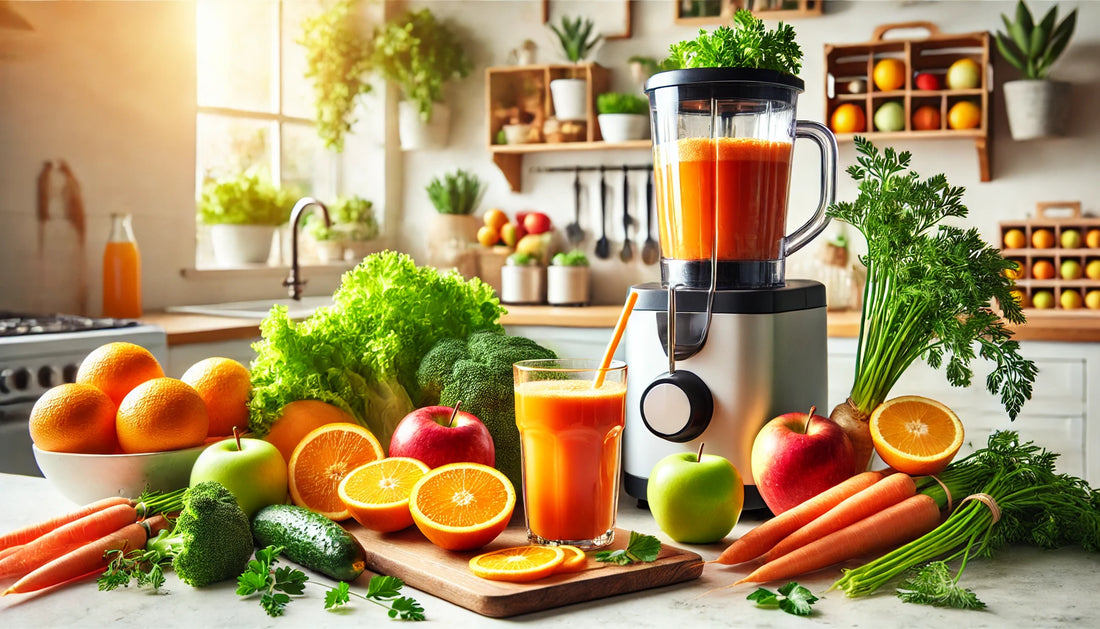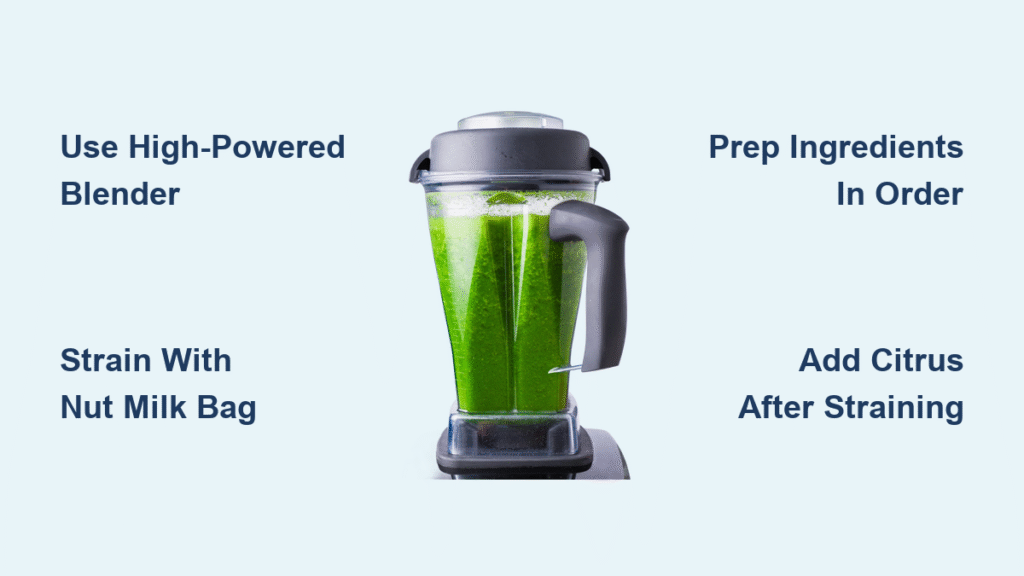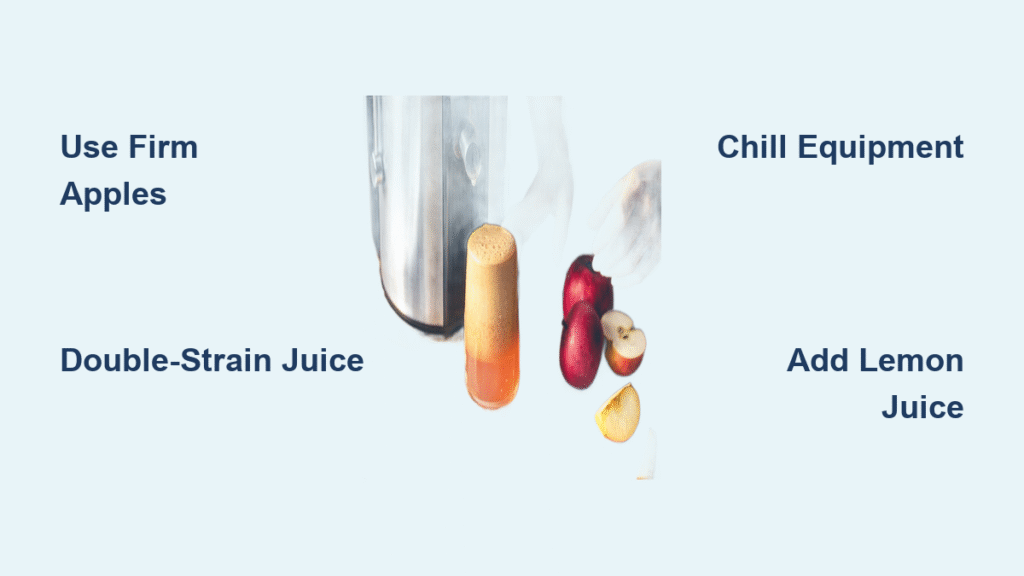Your blender can transform humble vegetables into vibrant, nutrient-dense juices in under five minutes—no expensive juicer required. Forget the fiber waste of traditional juicing; with these blender-based veggie juice recipes, you control the texture and nutrition. Whether you need a morning energy surge or a post-workout recovery drink, these recipes deliver maximum vitamins and minerals with minimal fuss. Most require just five ingredients you likely have on hand, cost pennies per serving, and outperform store-bought options in both freshness and nutritional value.
Unlike commercial juices that lose nutrients during processing and shipping, freshly made blender juices retain live enzymes and antioxidants. You’ll notice the difference immediately in the bright color and robust flavor. And here’s the best part: by keeping the option to strain or retain pulp, you can customize fiber content to match your digestive needs. Whether you’re a busy parent, fitness enthusiast, or health newbie, these veggie juice recipes for blender will become your go-to wellness ritual.
Essential Blender Setup for Perfect Juices

Skip the frustration of failed batches by preparing your equipment properly. Start with a high-powered blender (1000+ watts like Vitamix or Blendtec) that can pulverize fibrous kale stems and tough beet chunks without straining. Your straining toolkit should include a nut milk bag—not cheesecloth, which rips easily—and a fine mesh sieve for double-straining when you want ultra-smooth juice. Prep a large bowl with a pour spout to catch strained liquid cleanly, plus mason jars for storage.
Critical setup tip: Keep your blender base on the counter permanently with pre-chopped veggies stored in labeled containers. Dedicate one container for “green bases” (spinach/kale), another for “crunch veggies” (cucumber/celery), and a third for “sweet boosters” (apples/ginger). This “juice station” system shaves prep time to 90 seconds. Always add citrus juice after straining—it preserves vitamin C that degrades when exposed to air during blending.
Quick 2-Minute Green Juice for Busy Mornings
When you’re racing against the clock, this single-serving recipe delivers. Combine 2 cups baby spinach, 1 cored green apple, ½ English cucumber, 1 cup cold water, and juice of ½ lemon in your blender. Pro technique: Add water first, then greens, then harder veggies to prevent blade jams. Blend on high for 45 seconds until completely smooth with no leaf fragments. Strain through your nut milk bag into a glass, squeezing firmly to extract every drop of liquid.
Why this works: Spinach provides iron without bitterness, while cucumber adds hydration and apple balances earthiness naturally. Texture hack: For a thicker smoothie-style drink, skip straining and add ice during blending. Warning: Never use mature spinach—it’s too fibrous and creates a gritty texture. If your blender struggles, pause and scrape sides with a spatula before finishing the blend cycle.
Troubleshooting Bitter Taste
If your juice tastes unpleasantly bitter, you likely used kale with thick stems or over-processed the greens. Immediately add ¼ chopped apple and re-blend for 10 seconds. For future batches, always remove kale stems—they contain most of the bitterness—and add lemon after straining to brighten flavors.
Tropical Green Energy Blend for All-Day Vitality
This multi-serving powerhouse fuels demanding days with sustained energy. Process 3 cups de-stemmed kale, 2 cored Granny Smith apples, 1-inch peeled ginger, 5 celery stalks, 1 English cucumber, ½ cup parsley, 2 cups cold water, and juice of 2 lemons. Blend sequence matters: Start with water and greens for 20 seconds, then add remaining ingredients. Blend 60 seconds total until emerald-green and silky.
Yield secret: Using English cucumber (thin skin, no seeds) prevents watery separation. Strain through a double-layered nut milk bag over a bowl—twist gently clockwise to maximize yield without tearing. Pro tip: Freeze leftover pulp in muffin tins for nutrient-packed veggie burgers. Critical note: Ginger must be fresh—dried ginger creates a dusty, unpleasant texture in blender juices.
Fix Common Blending Problems Before They Ruin Your Juice

Blender stalls aren’t random—they signal incorrect ingredient ratios. If blades stop mid-cycle, immediately add ¼ cup water and pulse 5 times. Never force continuous blending, as this overheats motors. For persistent clumping, reduce initial water to ½ cup and chop harder veggies (beets/carrots) into 1-inch cubes. Visual cue: Your blend should move in a vortex pattern—if ingredients stick to sides, stop and scrape immediately.
Bitterness fix: Too much kale or old ginger causes this. Rescue batches by adding ½ green apple and 2 mint sprigs—never honey or sugar. Separation solution: If juice separates within minutes, add ¼ tsp chia seeds during blending. They bind water and oil components naturally without altering flavor.
Ingredient Substitution Guide for Any Pantry
Swap ingredients confidently using these tested ratios. For greens: replace kale with spinach 1:1, but reduce romaine by 25% (it’s less dense). Fruit substitutions must maintain sweetness balance—use pears instead of apples for similar sugar content, but mango requires reducing other fruits by half due to intense sweetness. Critical warning: Never substitute broccoli or cauliflower—they create sulfurous odors and foamy textures that ruin blender juices.
Vegetable swaps: Use zucchini for cucumber in summer for creamier texture, or fennel for celery when in season (add 1 extra apple to counter licorice notes). Herb hack: Double parsley if substituting cilantro—its flavor fades faster during blending. Always peel carrots for smoother texture, but leave cucumber skin on for extra nutrients.
Storage and Freshness Rules That Preserve Nutrients
Drink juice within 15 minutes for peak vitamin retention—the clock starts when you finish blending. For short storage, pour into amber mason jars leaving ½-inch headspace, add ½ tsp lemon juice per cup to prevent oxidation, and refrigerate upright. Critical timeframe: Consume within 24 hours—after 48 hours, nutrient loss exceeds 40%. Freezing pro move: Pour strained juice into ice cube trays, freeze solid, then transfer cubes to labeled freezer bags. Blend frozen cubes with ¼ cup water for instant slushy texture up to 3 months later.
Never do this: Store juice in plastic containers—chemicals leach into acidic liquids. Glass is non-negotiable for preserving flavor and safety. If color darkens in storage, it’s oxidation—not spoilage—but nutrients are diminished.
Cost Breakdown Comparison That Saves You Money

Making veggie juice recipes blender-style slashes costs dramatically. A 16-ounce serving costs $0.85 using seasonal produce (spinach $1.50/lb, apples $1.20/lb), versus $7.50 for store-bought cold-pressed juice. Annual math: Daily juicing saves $2,400 yearly. Budget-maximizing tip: Buy “ugly” produce for juicing—crooked carrots or bruised apples work perfectly and cost 50% less. Focus organic spending on the “Dirty Dozen” (kale, spinach, apples) but use conventional cucumbers and celery—they have thick skins that block pesticides.
Realistic expectation: Your blender pays for itself in 3 months of daily juicing. A $400 Vitamix breaks even against $8 store juices after just 50 uses.
Final Pro Tips for Foolproof Juicing
Master texture control with the 3-2-1 rule: 3 vegetable portions, max 2 fruit portions, 1 citrus element. Always prep ingredients in this order: liquids first, then leafy greens, then hard vegetables. Game-changing habit: Rinse your blender immediately after use with hot water and a drop of dish soap—dried vegetable residue is impossible to remove later.
Flavor balance test: Before straining, taste a spoonful. It should be earthy but refreshing—not bitter or overly sweet. Adjust with lemon or apple before straining. Start tomorrow with the 2-minute green juice—within a week, you’ll notice brighter skin, steadier energy, and fewer afternoon cravings. Your blender isn’t just for smoothies; it’s your most powerful kitchen tool for vibrant health.





